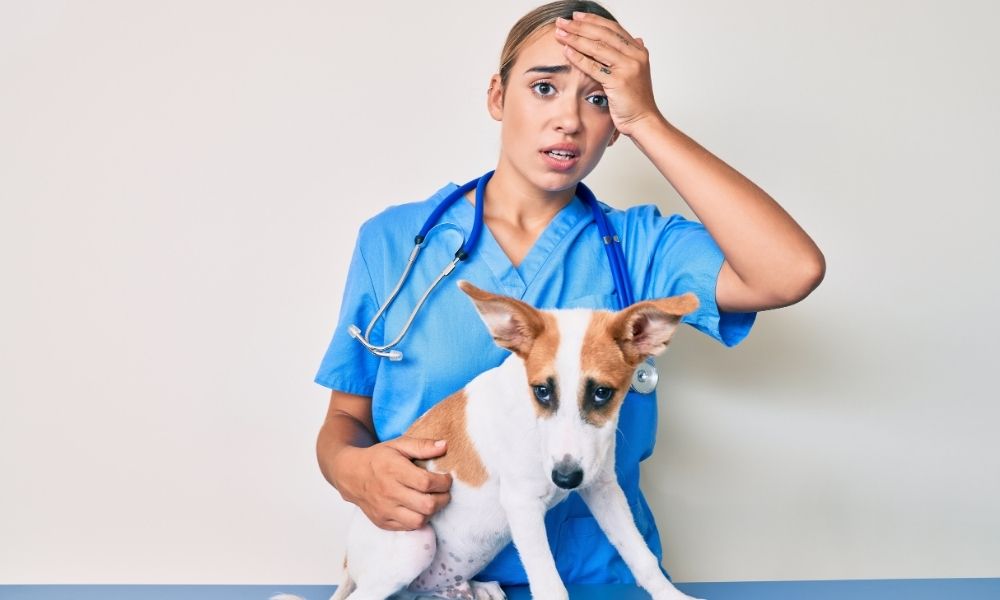
Animal care is a risky business. The job of a veterinarian is similar to that of a doctor, except the patients cannot speak to you or understand you. While the rewards of caring for and treating animals certainly outweigh the risks involved, there is no doubt that many health hazards exist within a veterinary workplace. The challenge lies in the unknown and the unexpected. To better understand the dilemmas that animal doctors can face, let’s further examine several occupational health hazards to veterinarians.
Animal-Inflicted Injuries and Zoonotic Diseases
Animals can be loving and kind, or they can be defensive and bad-mannered. Working with animals is hazardous due to their dynamic nature and uncertain behavior, especially if they are injured or ill. There is no guarantee that the animal will be compliant when you are examining, transporting, or treating them. Large animals can kick or crush you, and small animals tend to bite or scratch. Cuts can easily become infected if not treated immediately or properly. Practicing proper safety measures is critical to prevent injuries when handling animals.
Animals also carry disease, just as humans do. There is a high chance of exposure to such diseases in veterinary clinics or hospitals due to constant contact with animals. Zoonotic diseases are illnesses that can be transferred from animals to humans, such as rabies or hookworms. Hand hygiene, immunizations, and protective clothing or gear work best as disease prevention measures.
Hazardous Gas, Drugs, or Chemical Exposures
Another one of the occupational health hazards to veterinarians is exposure to potentially dangerous objects. The most common hazards are drugs or chemicals that veterinary staff come into contact with when caring for animals. Transference from hand to mouth is an easy way that transmission can occur. Everyday cleaning products or chemicals also have the potential to harm an employee’s health or create a fire hazard. These chemicals should be properly labeled, controlled, and handled to reduce exposure.
Environmental Safety Threats
Slips, trips, and falls can happen in any workplace and cause minor to severe injuries. All areas within a clinic or office should be kept tidy, clean, and free of spills and liquids that can cause harm. Such health hazards within a work environment are traditionally regulated by OSHA standards. Veterinary hospitals and clinics must be fully OSHA compliant to promote the health and safety of their employees.
Here at Gamma Compliance Solutions, we offer a well-researched OSHA veterinary manual and compliance training that is ideal for veterinary hospitals and clinics. As a business, we desire to help you create the safest possible work environment for your employees at a cost-effective rate. Our reliable resources and self-guided training may be just what your office needs to achieve thorough compliance. No matter your needs, we’ve got you covered. Order one of our comprehensive OSHA packages today.

